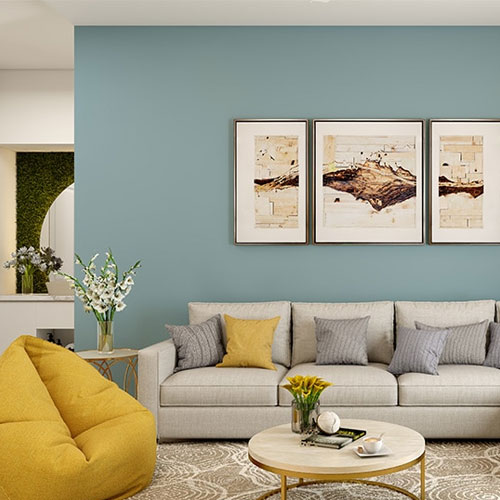TRENDING SHOWCASE DESIGNS FOR HOME – Useful information
In interior design, a showcase—also called a display cabinet, vitrine, or shelf unit—serves both a practical and decorative role. Moreover, it helps organize items while adding style to a room. For example, many homeowners use showcases to highlight collectibles, books, or art pieces.
Role of Showcase in Interior Design
Display and Highlighting
Purpose: The main aim is to showcase decorative items, such as collectibles, artwork, trophies, antiques, or souvenirs.
Effect: It draws attention to personal or curated objects. Moreover, it adds personality and uniqueness to a space.
Organization and Storage
Purpose: It offers a simple way to store and organize items such as books, crockery, or media equipment. In addition, it helps keep spaces tidy while making everyday items easy to access.
Effect: It keeps spaces clutter-free, and at the same time, it maintains accessibility.
Enhancing Aesthetics
Purpose: It adds structure, creates symmetry, and provides visual interest to a wall or corner.
Effect: It helps balance a room’s composition, and therefore, it can also serve as a focal point.
Zoning and Space Division
Purpose: Can act as a subtle divider in open-plan layouts (e.g., between a living and dining area).
Effect: Helps define areas without fully enclosing them, maintaining flow and openness.
Theme Reinforcement
Purpose: A well-designed showcase not only aligns with the interior theme (modern, rustic, minimalist, etc.) but also enhances the overall look. Therefore, it creates harmony between function and style.
Effect: This feature strengthens the design language and improves the overall cohesiveness of the space.
Lighting Integration
Purpose: Many showcases also include built-in lighting, such as LED strips. As a result, they not only brighten the displayed items but also enhance the overall look of the space.
Effect: It enhances the mood and also draws focus to displayed items, especially in low-light settings.
Role of Interior Designers
Showcase design plays an important role in the best interior design. Moreover, interior designers are essential in arranging and integrating the showcase into your home’s overall layout. They ensure that each display complements the area, reflects your taste, and fulfills its purpose with ease. In addition, designers can help you choose items that suit your décor and layout for maximum visibility and convenience. They also recommend lighting options that make your showcase stand out. Furthermore, they make sure the display doesn’t crowd the space but instead improves the room’s flow. By using their expertise, interior designers transform a plain display into an eye-catching feature that enhances the room’s overall design.

What you should consider Selecting a Showcase
✅ 1.Purpose & Functionality
Ask yourself: What will the showcase display or store?
For decor: Choose one with open shelves or glass panels.
For storage: Go for one with closed cabinets or drawers.
For both: Look for a hybrid design.
✅ 2. Size & Proportion
Match the dimensions of the showcase to your room size.
A large showcase in a small room can feel bulky.
Too small a unit in a large space may look insignificant.
Measure your wall and floor area before buying.
✅ 3. Material & Finish
Common materials:
Wood: Classic, warm, durable.
Glass & Metal: Modern, sleek, lightweight.
MDF or Laminates: Cost-effective, versatile.
Choose a finish (matte, glossy, textured) that complements your room decor.
✅ 4. Style & Theme
Ensure it matches or complements the interior style:
Modern: Minimalist, clean lines, often metal/glass.
Traditional: Carved wood, ornate detailing.
Industrial: Metal frames, raw wood.
Scandinavian: Light wood, simplicity, functionality.
✅ 5. Placement & Layout
Place it where it’s visible and accessible.
Avoid blocking windows or pathways.
Use it to enhance symmetry, balance, or as a focal point in the room.
✅ 6. Lighting Options
Consider integrated LED lighting for glass showcases.
It enhances display items and adds ambience.
✅ 7. Storage Accessibility
Opt for units with easy access (drawers, smooth hinges).
Glass doors should be tempered for safety.
✅ 8. Budget
Set a realistic budget based on material, brand, and customization.
Custom-built showcases may cost more but offer perfect fit and design.
✅ 9. Maintenance & Durability
Consider how easy it is to clean (especially glass).
Choose stain/scratch-resistant materials if the area has kids or pets.
✅ 10. Customization Needs
For unique spaces or specific requirements (e.g., corner units, wall-mounted), consider custom-designed showcases.
